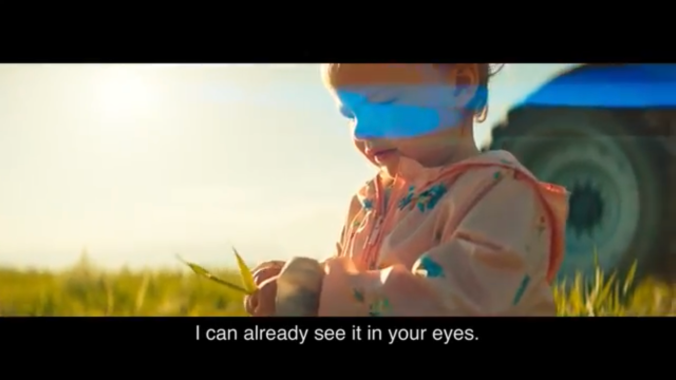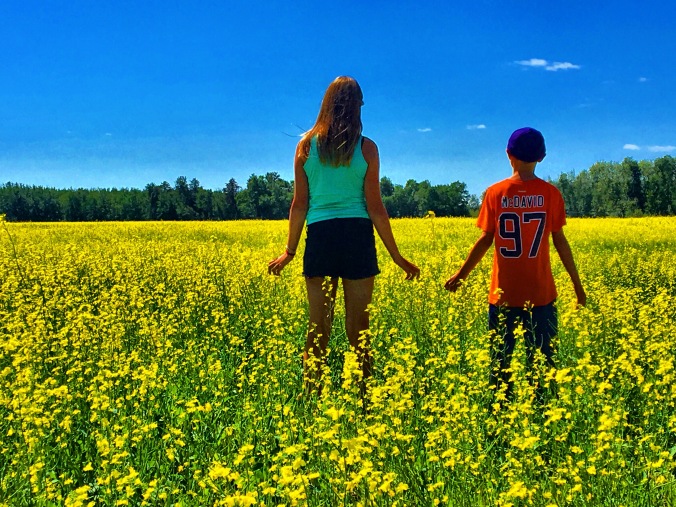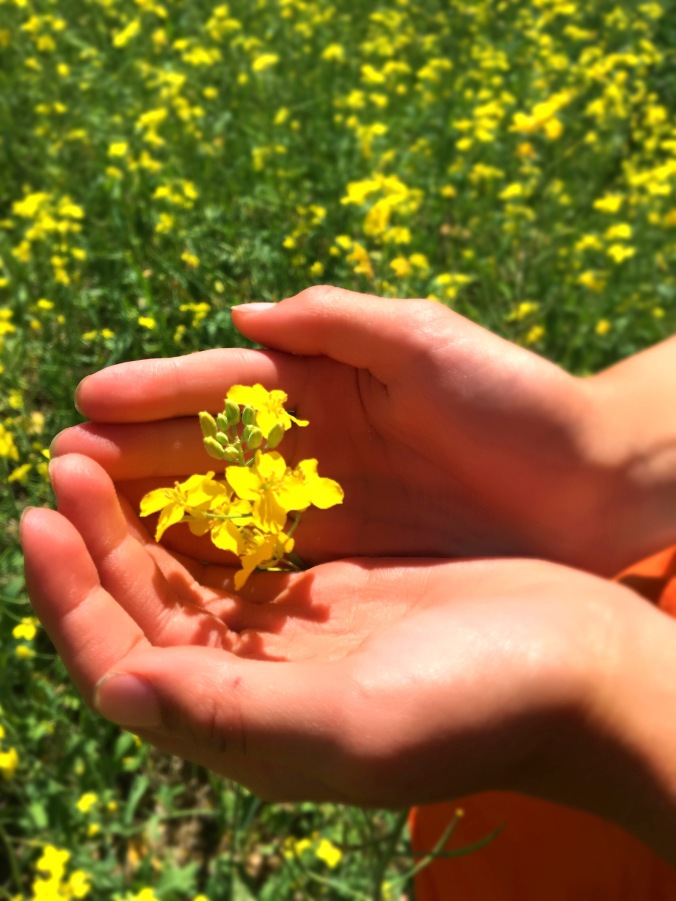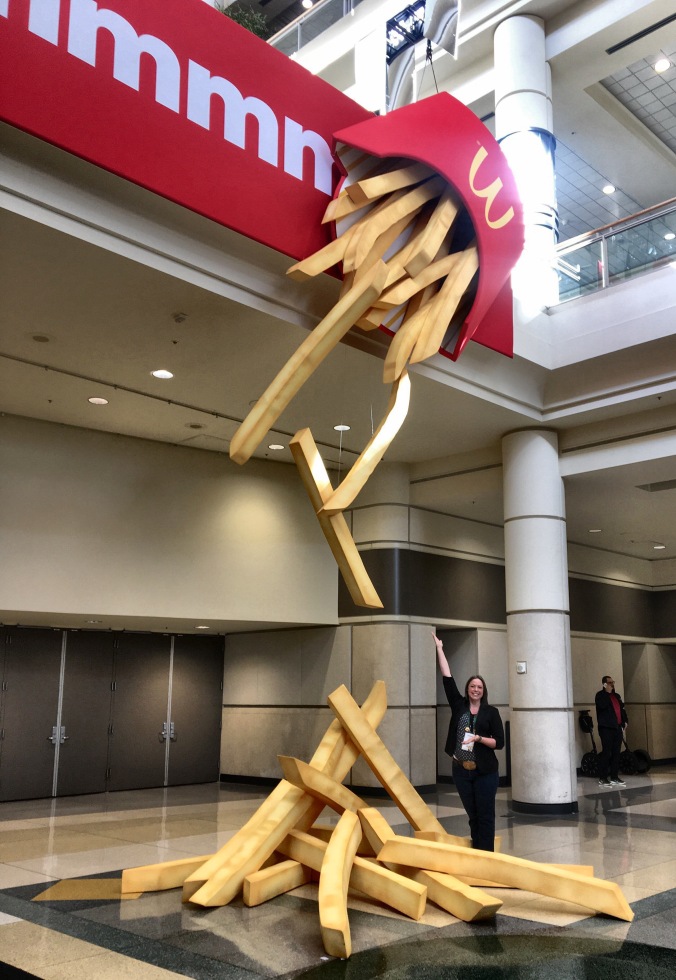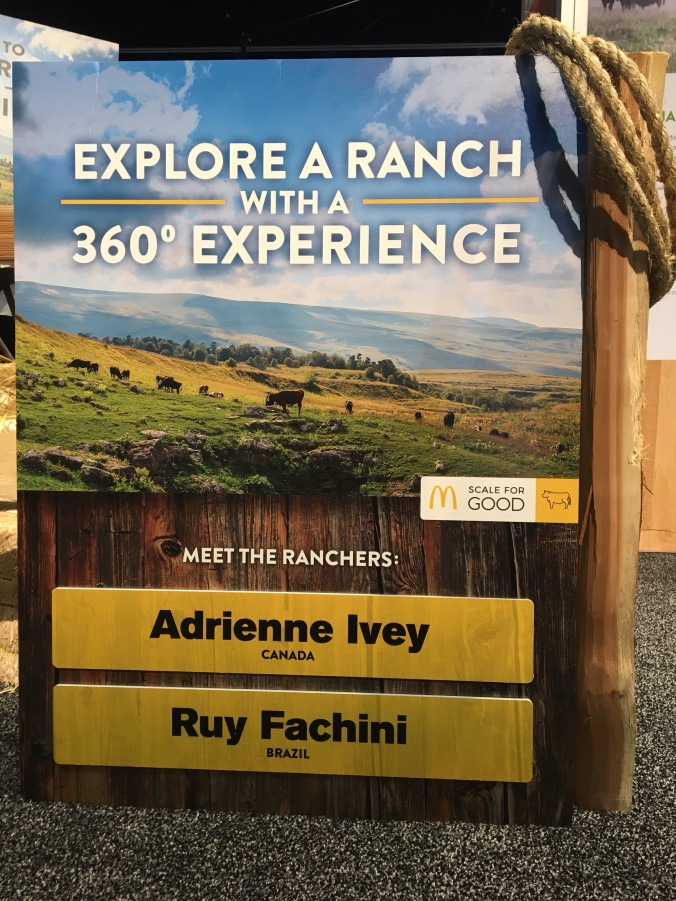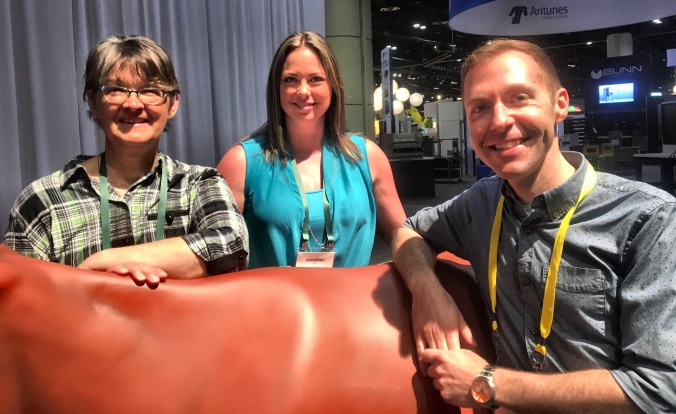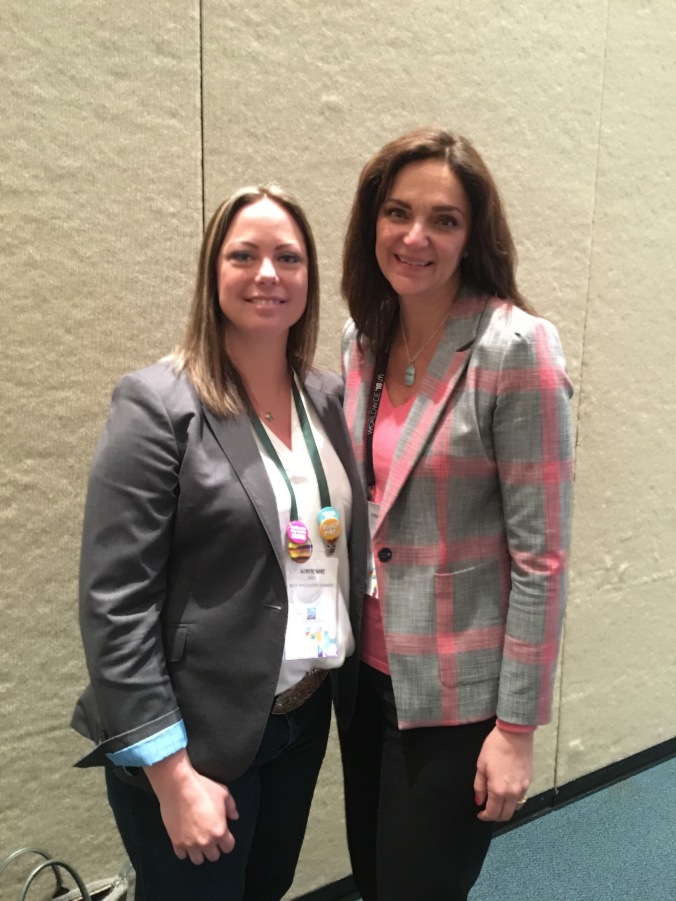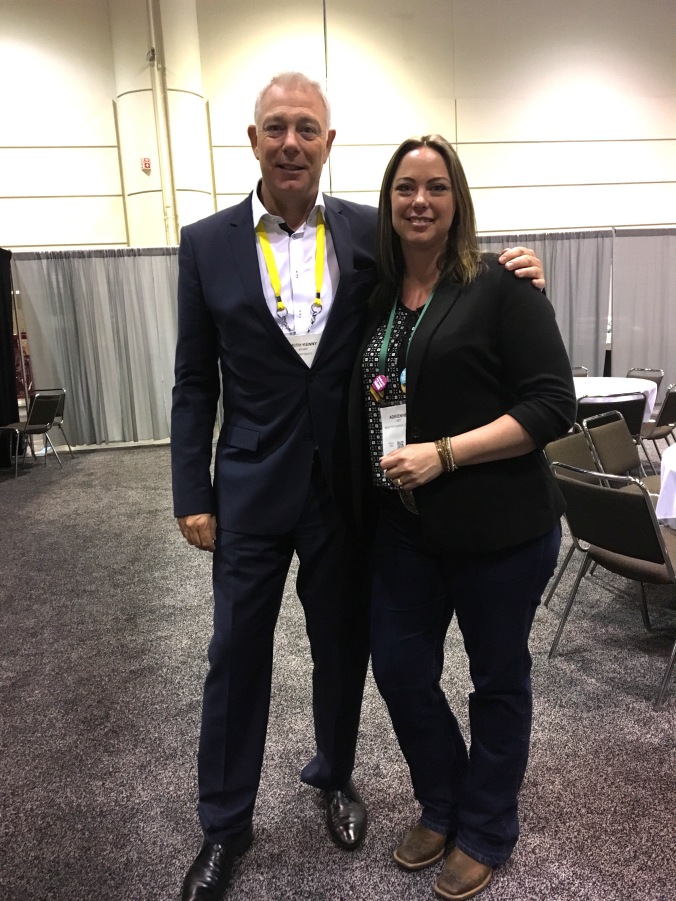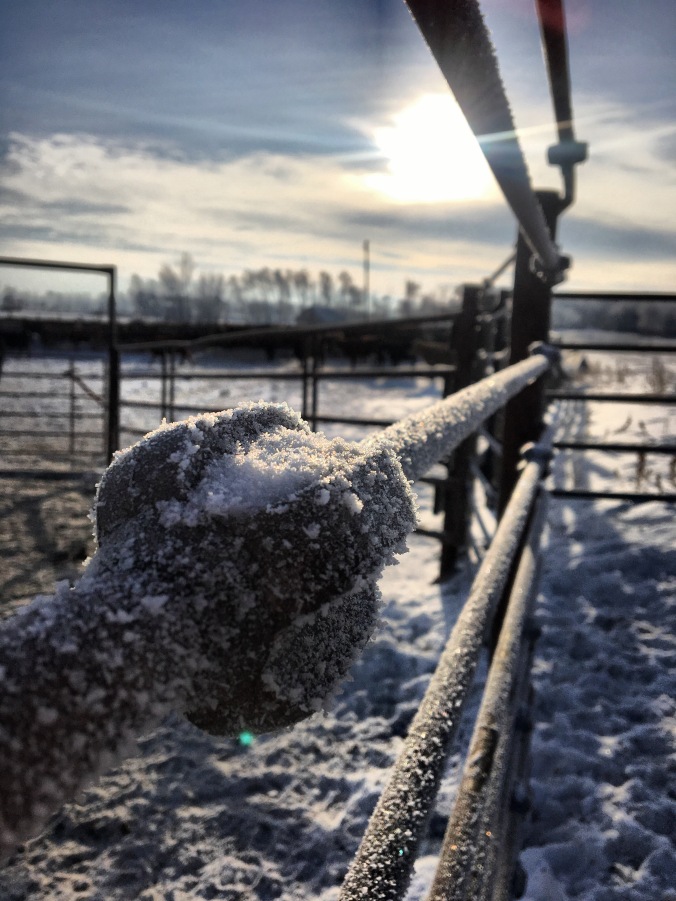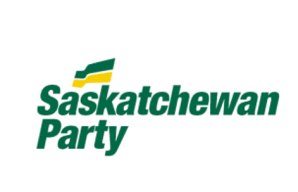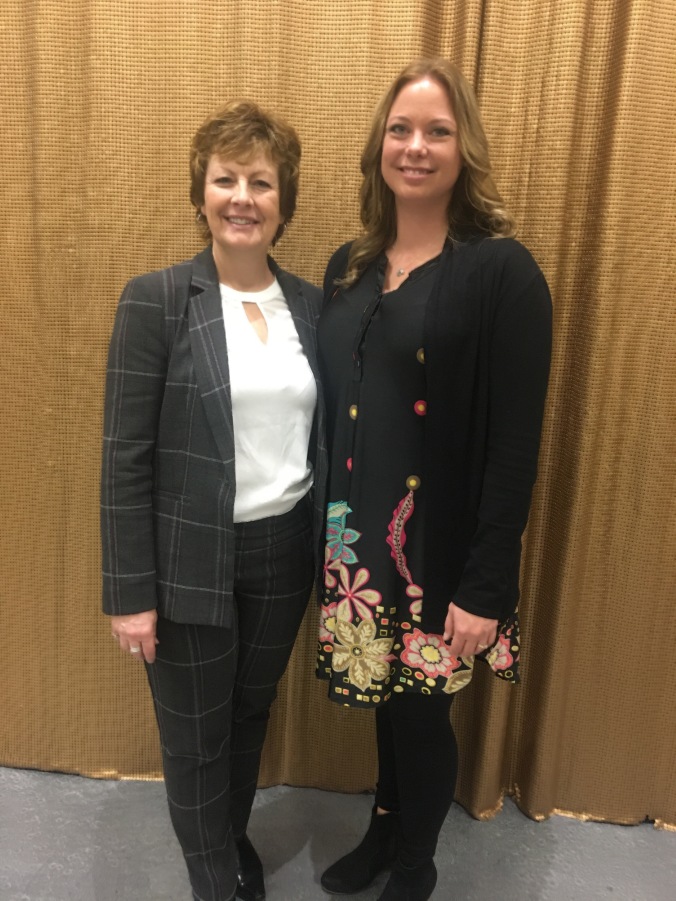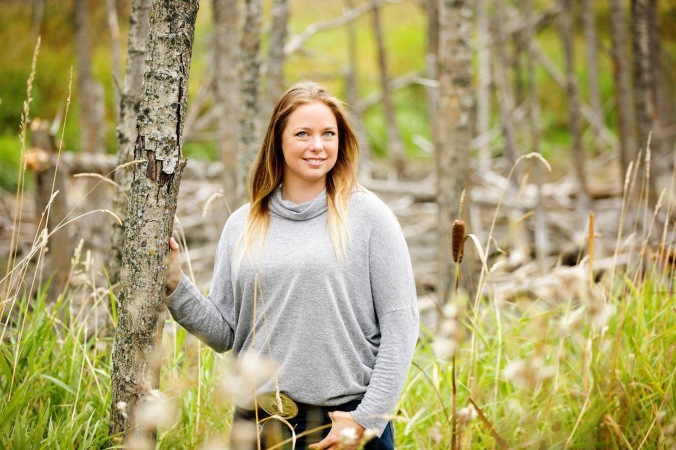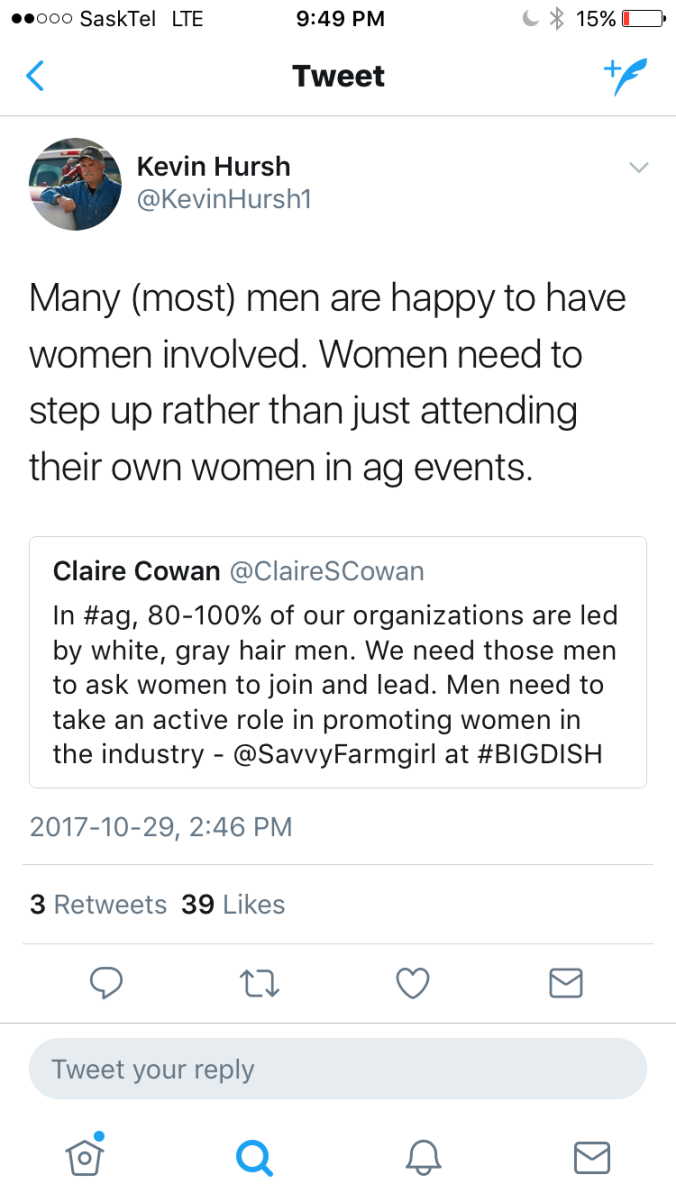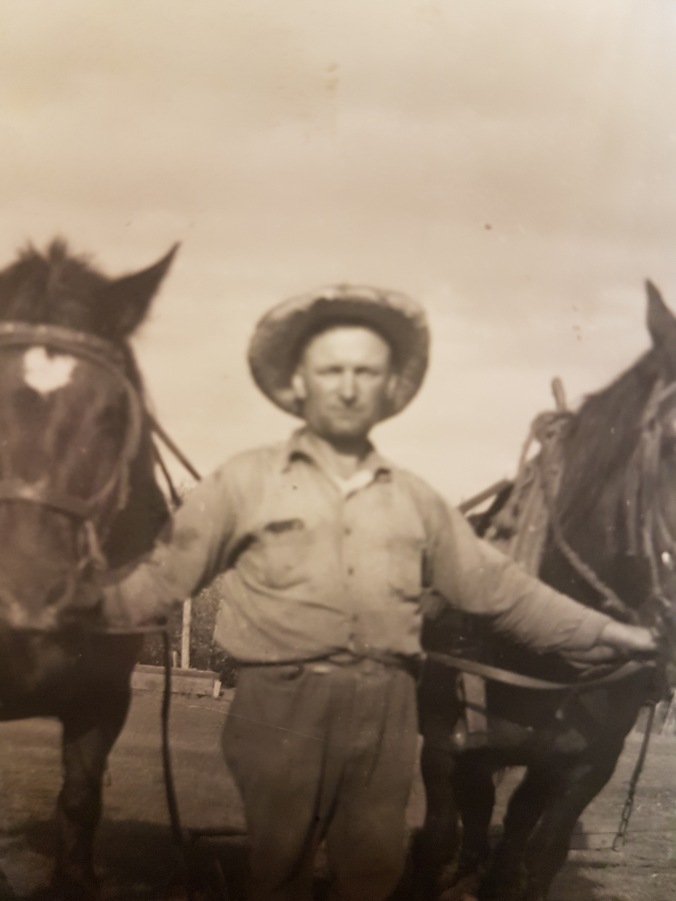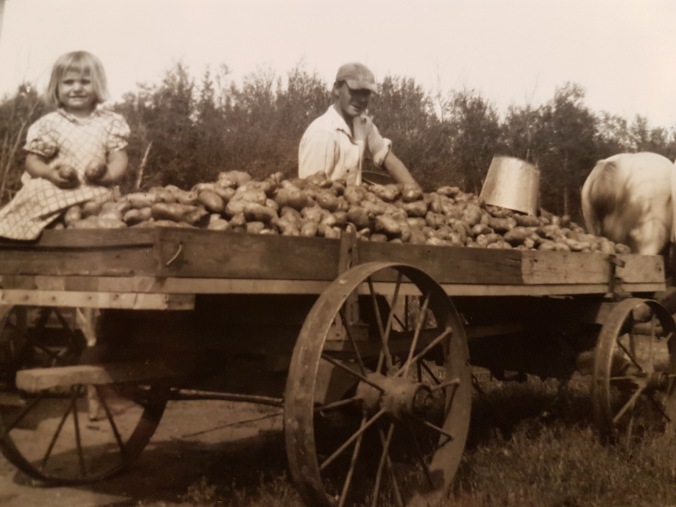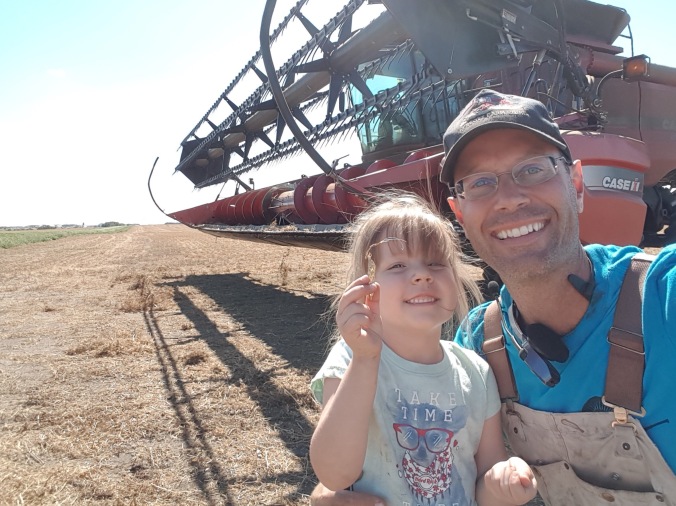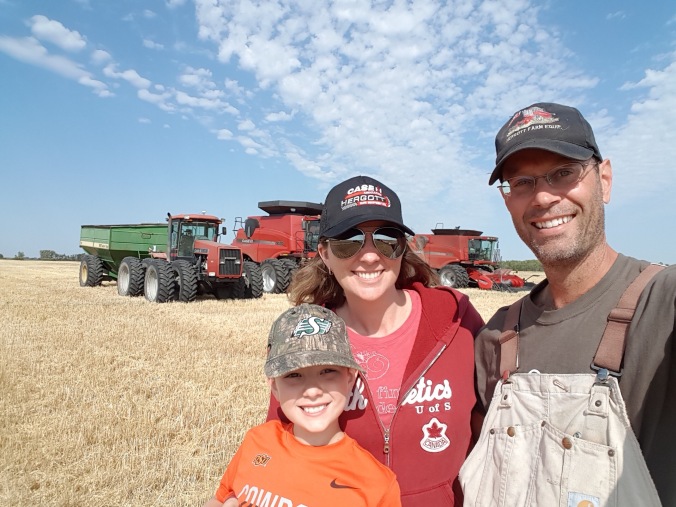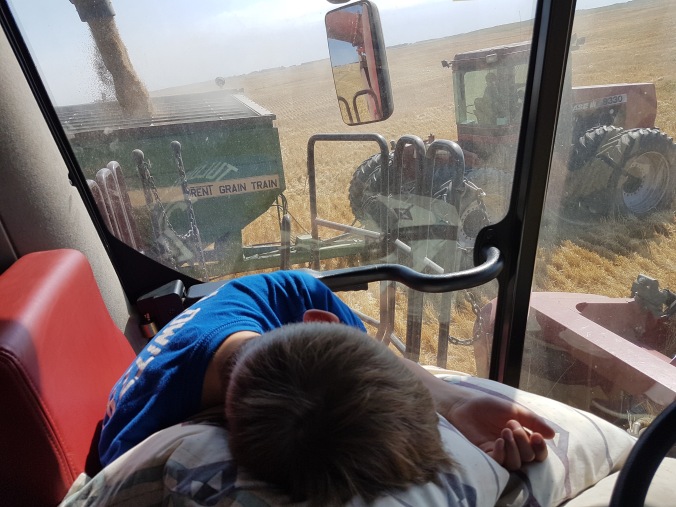It rained a lot last week. And when it rains here on the ranch, it means we typically have a little more time for TV watching. This also also happened to be the week that A&W Canada launched their latest commercial – one that is breaking all the parts of my heart – the beef producer section as well as the sports fan section.
Like everyone growing up in Saskatchewan, we bleed green around here. The Saskatchewan Roughriders are our team, through and through. In good years and in bad years, we have loyally cheered them on, and loved every second of it. In fact, one of our very first dates as a young couple was at a Rider game.
But this week, the sight of the Rider symbol is making me clench my teeth in frustration. Something I never thought could happen.
Weeks ago I knew that A&W was at a game filming. This was sad enough to me, knowing that as a company, they have chosen to promote fear over science in their food. As a Canadian beef producer, I have spoke frequently about their decision to source the majority of their beef from far away countries, rather than from here in Canada, where some of the best beef in the world is raised. But I was not prepared for that very A&W commercial to showcase something far worse than imported beef that they can stamp some scientifically dubious labels on – because let’s face it – all beef is good beef, even if I don’t love the intentions behind the label.
No, this commercial is far worse than I had braced myself for. It’s for the Beyond Meat burger, and for so many reasons, is a direct slam to the hard working, dedicated, honest, beef producers in Saskatchewan. The very people buying Roughrider tickets.

Now, let me set one thing straight, I am all for a good veggie burger. For those who cannot, or chose not, to eat meat, a veggie burger is an awesome option. We are blessed here in Saskatchewan to have almost unlimited food choices, and plant based protein is a great option. Our farms here also grow amazing pulse crops, which (in theory), could be made into plant based burger patties. Options are awesome. I think that plant based proteins are the special teams of our diet here (to keep with the football theme).
But the Beyond Meat burger is a different story. It is no surprise to me that A&W and Beyond Meat teamed up so quickly. They are both dedicated to marketing based on “fear the other” rather than promoting their own merits, and to top it off, Beyond Meat doesn’t even help out our pulse producers here in Saskatchewan. Their patties are made in a USA factory, using their own ingredients. As for our beef producers here – Beyond Meat has made it their mission to smear beef production. To slander the way cattle are raised. To paint the people (like myself and my family) as those who care little for the environment, and are willfully destroying it.
For the Saskatchewan Roughriders to play a part in this narrative is breaking my ranching heart.
I cannot begin to count the dollars that this ranch has spent on Roughrider tickets. The thousands spent over the years on merchandise. The fact that we are raising the next generation of Roughrider fans, who also happen to be young beef producers in their own right.
For the past week, as that commercial played, I had to turn the channel. I can’t watch. But yet I have never left a Rider game early.
So, with all of this, I have a couple questions for the Saskatchewan Roughriders. Do you value me as a fan? As a customer? Are you comfortable with telling people that what I do, in raising beef, is bad? What is next? A smear commercial on the oil and gas industry? Would you lend your logo to that?
I believe that Saskatchewan Beef Producers are noble people. They care about the animals, the land and the earth. They are focused every single day on raising the best food possible for their own families as well as the world. But now I wonder – do the Saskatchewan Roughriders feel the same? Today, I don’t believe they do. 

